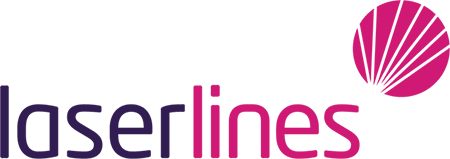Orders: orders@laserlines.co.uk
Remittances: remittance@laserlines.co.uk
Laser and Accessories: lasers@laserlines.co.uk
3d Printing & Rapid Manufacturing: 3dworld@laserlines.co.uk
Modelling Bureau: parts@laserlines.co.uk
Technical Support: support@laserlines.co.uk
2018 LASER LINES All Rights Reserved. Site by SEO Works
